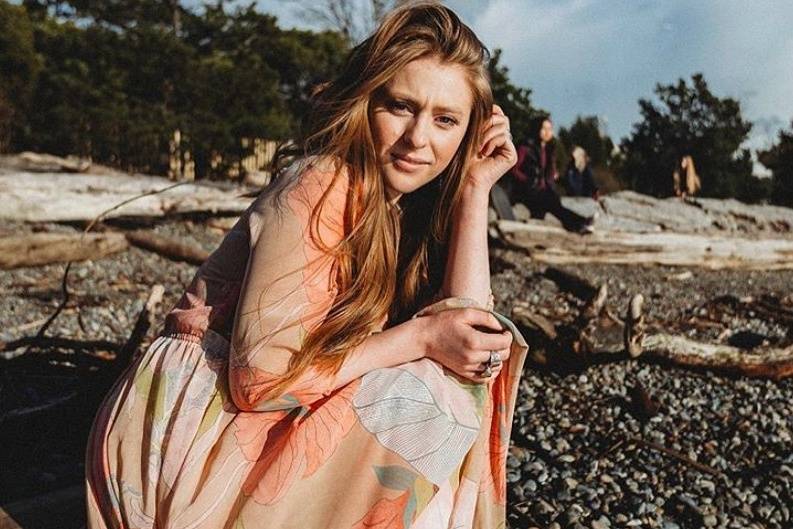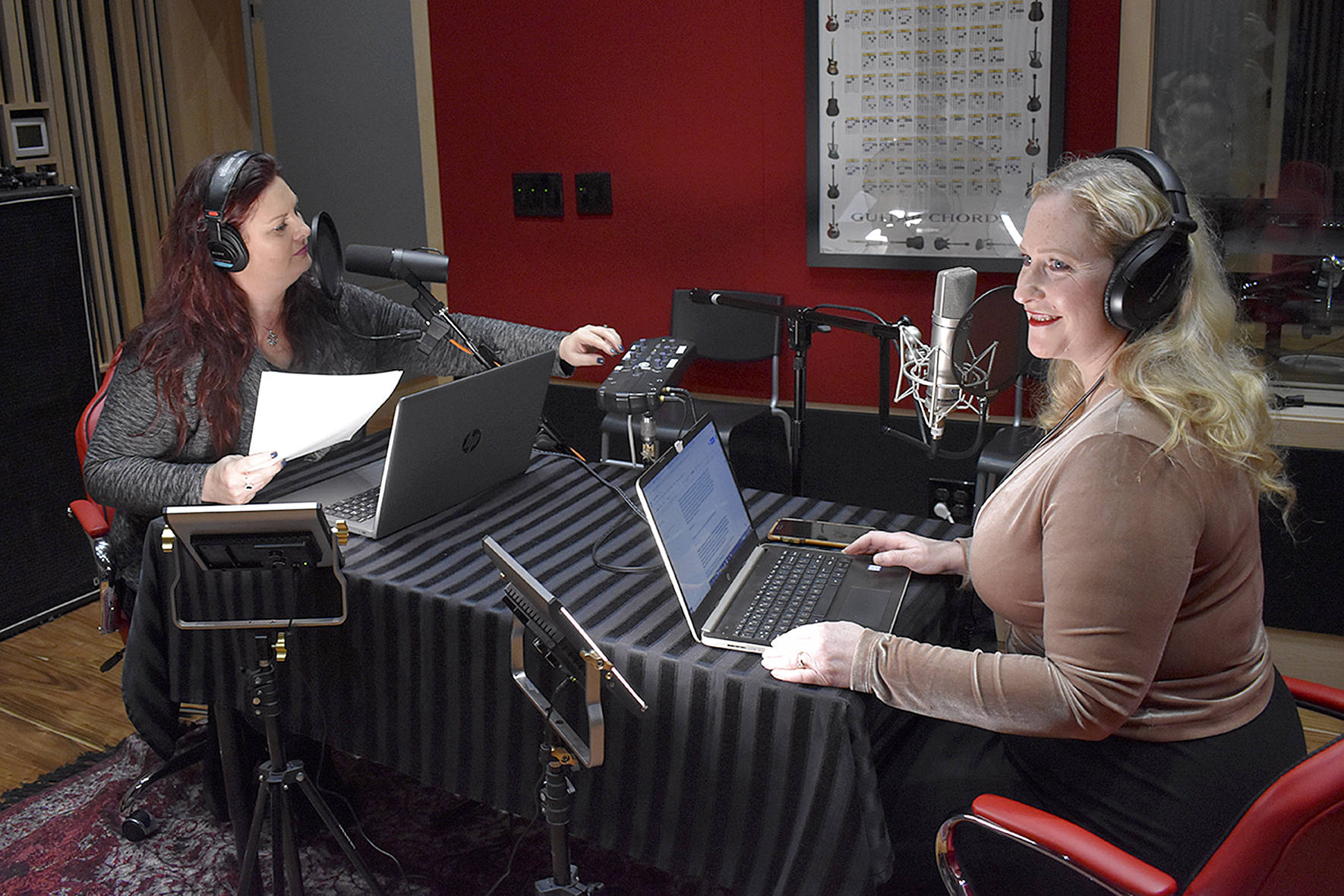If you happen to know someone foolhardy enough to aspire to a career in dancemaking, do them a favor—tell them to get over to Velocity Dance Center this coming weekend to see Mary Sheldon Scott/Jarrad Powell Performance (through Sunday, Oct. 30; 206-760-2555, www.gamelanpacifica.org). Though the three dances that comprise the program may not break choreographic ground, they are better rehearsed, more thoroughly crafted, and more thoughtfully presented than almost anything else you’re likely to see on the local indie dance scene anytime soon.
Aspiring movement artists, make note: It starts with the dancers. Like most in-dependent dancemakers, Scott makes do with a pickup company—performers “jobbed in” for a concert or series of concerts, who also perform (and teach or wait tables or . . . ) elsewhere to make a living. But somehow, the nine dancers she has assembled for this production look like a “real” company, with a mutual sense of purpose and physical approach to Scott’s movement. The six women, especially, have a shared look (most strongly exemplified by Alice de Muizon and Alison Van Dyck)—sleek and feminine, with an underlying steeliness.
Many of these dancers were trained at Cornish (where Scott works in administration, and composer Powell, her collaborator since the mid-’90s, teaches), and many have been with the duo for several years—perhaps because, at least in artistic terms, Scott and Powell treat them right. They get flattering costumes (by Tasa Gleason) that move well, professional-quality lighting (by Julianne Keenan), and real music—as opposed to the usual tape collages—to dance to. (Powell is a nationally credited electroacoustic composer and director of Gamelan Pacifica.)
They also get to luxuriate in Scott’s lush lyrical movement. Arching backs, spiraling torsos, fully extended legs—this is the kind of full-out, muscular work dancers love because it feels good and makes them look good.
Of the three dances on the current program, one, Ashes/Ashes, is new. It’s a 30-minute work for nine dancers, set to pinging and buzzing compositions by Powell and Carter Scholz. Its most frequently repeated motif is of two or three dancers carrying or cradling a single figure who is going through some kind of complicated contortions. Whether the title is derived from “ashes to ashes” or from “Ashes, ashes, we all fall down” or from some other source, the piece seems to intimate the tender care we devote to helping loved ones die. This interpretation is supported by a program note that dedicates the dance to Scott’s father, who died earlier this year.
The other two dances on the bill, a solo entitled Buffalo and a 2002 group work called Praying Mantis, are again lovingly presented with beautiful costumes and lighting. And in the latter, as in Ashes/Ashes, the viewer is struck by how well Scott deploys groups of dancers; they effortlessly coalesce into lines and groupings and then scatter, only to almost magically re-form again.
When all three dances are taken together, some of the movement in them does begin to look repetitive. (A dancer bends her legs and curls herself over them; then she uncoils and springs upright, kicking one bent leg violently to the front or side.) A limited palette is useful in the context of a single dance; it helps to establish patterns, which in turn lead to meaning (or at least visual coherence). But Scott could expand her expressive range by changing her palette more from piece to piece.
Within its own limits, however, there’s very little to criticize in this work. When Mary Sheldon Scott/Jarrad Powell Performance travels East next spring for its Dance Theatre Workshop debut, I expect it’ll be New York dancers and choreographers who will be taking notes.








